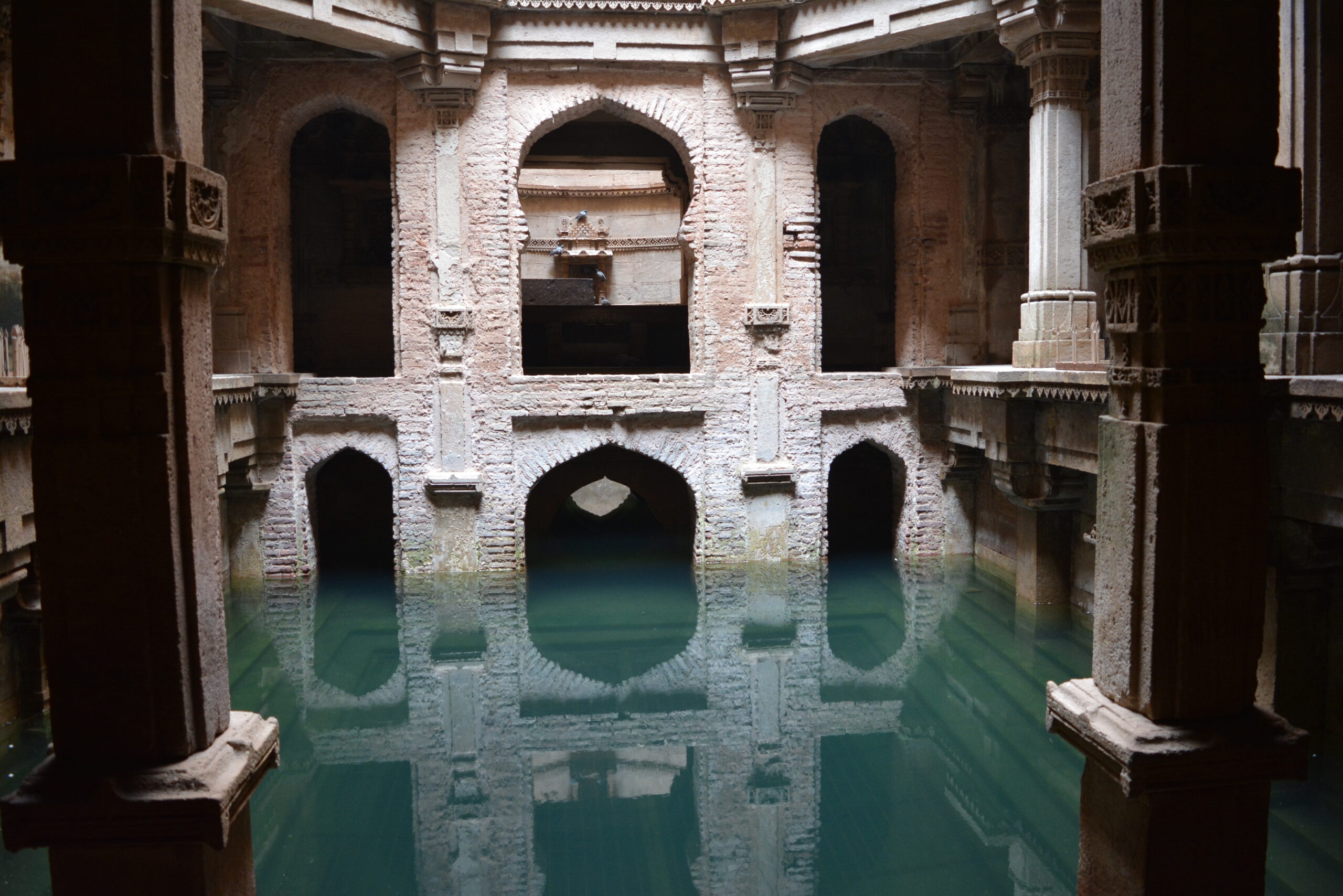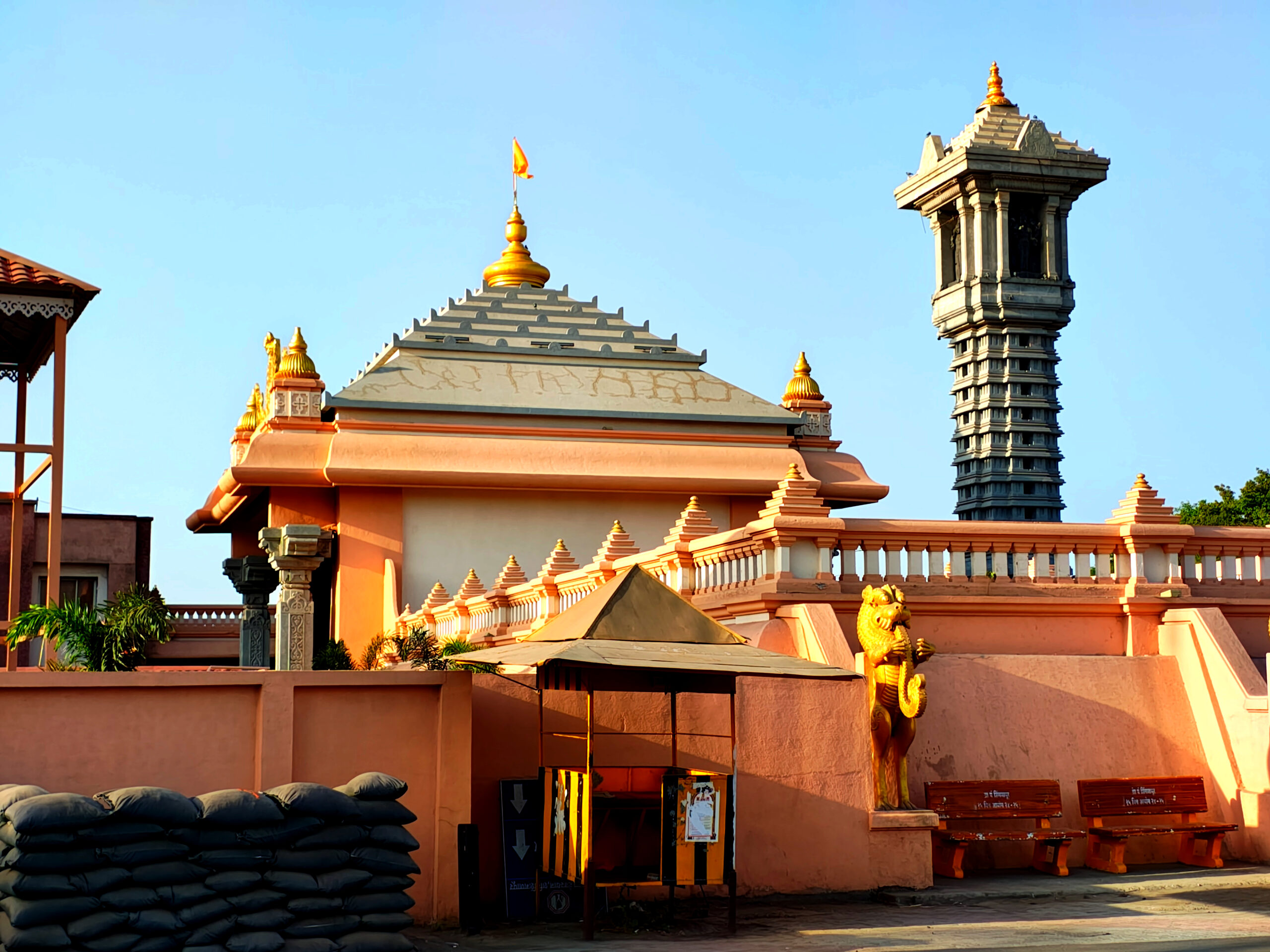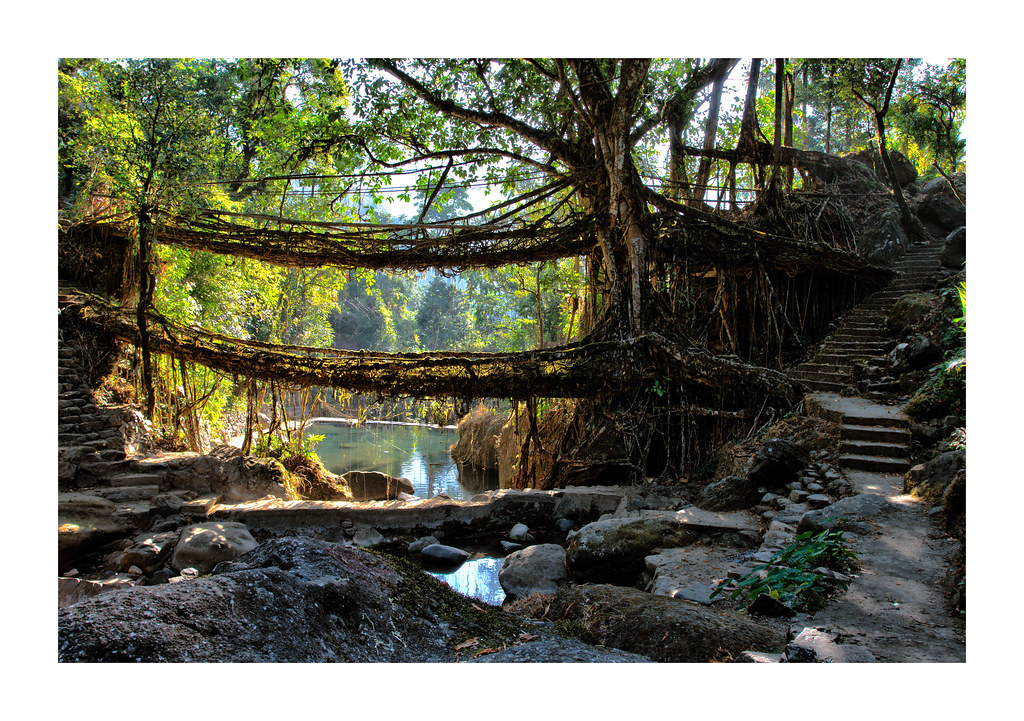Ancient Stepwells of India: Architecture Below the Earth

Ancient Stepwells of India: Architecture Below the Earth
India is home to many architectural wonders, but one of the most mysterious and overlooked forms is the ancient stepwell — a subterranean structure that combines utility with artistry. These marvels were built centuries ago to store water in arid regions, but they also served as community hubs, temples, and works of intricate design.
Let’s dive deep (literally!) into some of India’s most fascinating ancient stepwells — architectural gems hidden below the surface.
🪜 What Are Stepwells?
Stepwells, locally called “baoli,” “vav,” or “pushkarini,” are wells with stairs that lead down to the water. They are often multi-storied with ornate pillars, arches, and carvings. Built mainly between the 7th and 19th centuries, they reflect a unique blend of engineering and artistic excellence.
🌟 Must-Visit Ancient Stepwells in India
1. Rani ki Vav – Patan, Gujarat (UNESCO World Heritage Site)
This 11th-century stepwell is considered the most magnificent in India. It’s built like an inverted temple with seven levels of intricately carved sculptures depicting gods, goddesses, and mythological scenes.
-
Highlights: Over 500 sculptures, precise symmetry, UNESCO recognition
-
Best Time to Visit: November to February
2. Agrasen ki Baoli – Delhi
Located in the heart of Delhi near Connaught Place, this 60-meter-long and 15-meter-wide stepwell is wrapped in urban legends. Despite its simplicity, the symmetry and play of light and shadow make it hauntingly beautiful.
-
Highlights: Haunted reputation, urban backdrop, popular filming location
-
Best Time to Visit: October to March
3. Adalaj ni Vav – Gandhinagar, Gujarat
Built in 1499 by Queen Rudabai, this five-story stepwell has intricately carved motifs of flowers, birds, and religious symbols. It’s also known for its blend of Hindu, Jain, and Islamic architectural styles.
-
Highlights: Indo-Islamic architecture, historical legend, prayer platforms
-
Best Time to Visit: October to February
4. Chand Baori – Abhaneri, Rajasthan
Chand Baori is one of the oldest and deepest stepwells in the world, with 3,500 narrow steps arranged in a precise geometric pattern. It was built over 1,000 years ago and remains a masterpiece of engineering.
-
Highlights: 13 stories deep, symmetry, film location for The Dark Knight Rises
-
Best Time to Visit: October to March
5. Hampi Pushkarini – Karnataka
Hidden among the ruins of Hampi lies the sacred temple tank (pushkarini), designed with precision-cut steps and perfect symmetry. Though smaller than others, its beauty lies in its mathematical perfection.
-
Highlights: Historical site, UNESCO World Heritage Area, ancient townscape
-
Best Time to Visit: October to February
🧭 Why You Should Visit Stepwells
✅ Witness unique underground architecture
✅ Learn ancient water conservation methods
✅ Explore lesser-known historical landmarks
✅ Capture stunning geometric visuals
📌 Final Thoughts
The ancient stepwells of India are not just remnants of the past — they are testimonies to India’s innovative spirit and artistry. Whether you’re a history lover, architecture enthusiast, or offbeat traveler, these stepwells offer a journey below the earth into a world of heritage and wonder.





